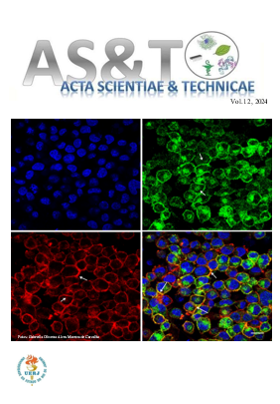Phenotypic plasticity and spatial distribution of Simulium pertinax larvae from the Tijuca National Park
DOI:
https://doi.org/10.12957/acta.2024.88780Keywords:
Blackflies, Bioindicator, BiomonitoringAbstract
Black fly larvae are filter feeding organisms that inhabit lotic systems and are considered key-organisms for their role as trophic link converting Fine Particles Organic Matter (FPOM) into Compact Particles Organic Matter (CPOM) making it available to a broader range of microorganisms. Literature suggests that black fly larvae may present phenotypic plasticity due to a wide range of physical factors such as water velocity, as well as food availability. The present study investigates the variation of morphological characteristics of Simulium pertinax larvae among different microhabitats in the Tijuca National Park, finding significant correlations among proleg length, anal disk and cephalic capsule sizes and the water velocity.
Downloads
Downloads
Published
How to Cite
Issue
Section
License
Copyright (c) 2024 Acta Scientiae et Technicae

This work is licensed under a Creative Commons Attribution-NonCommercial 4.0 International License.


